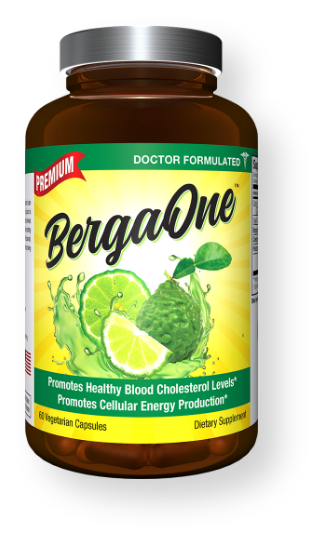Swimming More Impactful than Running
Because of bad knees, bad backs, other medical issues or a general disdain for the activity, many of us don’t run or jog. But, don’t worry, there is something gentler on the body that uses many muscles, strengthens our endurance and burns more calories than running at the same intensity does. Swimming might be low impact on your joint, but not on results! Regular swimming burns 500 calories over the course of an hour.
Swimming is “a great option for those who can’t run or take part in some other forms of aerobic exercises as it puts no pressure on the joints. Swimming vigorously for an hour can burn nearly 1,000 calories,” said personal trainer Daniel Harris.
One wonderful thing about swimming is that it can be done by a person of any age and any body type. If you aren’t able to swim for long times, a short swim can help you build endurance. And, if you aren’t up to swimming, walking in a pool can still strengthen your core, because of the resistance offered by the water.
Another great aspect is that a person swimming doesn’t get hot and sweaty. Many of us are turned off of exercising because sweating and being hot are unpleasant sensations. It is important to note, however, you are sweating and do need to re-hydrate. Just because water is washing away the perspiration doesn’t mean your body isn’t losing moisture.
As well as being gentle on the knees, swimming is resistance training, the same as weightlifting. You are pushing your body against the water, which is harder than moving in air. Resistance-based workouts are great for bone strength as well as muscle health and burning calories. Having a constant level of resistance means you are less likely to have jerky movements, which are common in weight lifting, and therefore there is a lower probability of injuring yourself.
Swimming is excellent for vascular health because you are horizontal as you exercise. Harvard Health Publishing explains that being horizontal means your blood doesn’t pool in your legs. Your circulation is improved as more blood is pumped back to the heart. This puts less stress on your heart even as your muscles require more oxygen. Your heart rate is less elevated than it would be were you upright, by around 17 beats a minute. However, your heart is working more effectively.
One drawback is that you need access to a pool. All you need to run is shoes; swimming requires a body of water. The good news is, most local YMCAs have a pool. If gym membership is beyond your means, YMCAs offer financial assistance. With all this in mind, get out your swimsuit and head to the pool!
